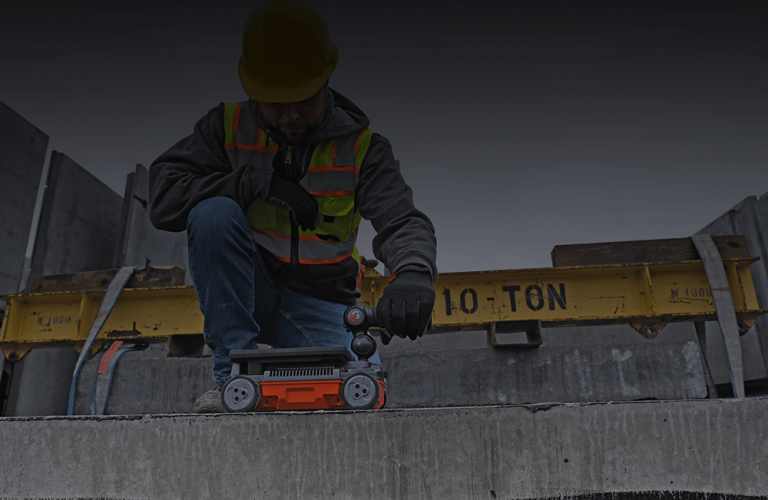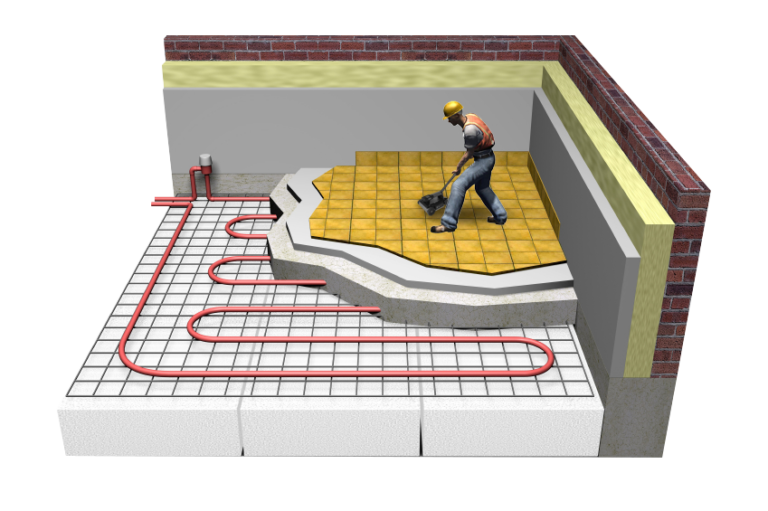RainierGPR Service Areas: Top Concrete Scanning Solutions Across Regions
RainierGPR Service Areas: Top Concrete Scanning Solutions Across Regions
Blog Article
Enhancing Project Preparation and Implementation With Advanced Concrete Scanning Techniques
In the realm of task preparation and insight, execution and accuracy are crucial aspects that can make the difference in between success and obstacles. Advanced concrete scanning techniques have actually emerged as a sophisticated device set to elevate the criteria of job monitoring within the building and construction industry. By using advanced technology, these methods use a peek right into the structural stability of a building even prior to the first block is laid. The implications of such developments are extensive, promising a standard shift in just how projects are come close to and supplied.
Benefits of Advanced Concrete Scanning Methods

Improved Accuracy in Project Evaluations
Enhancing job assessments through sophisticated concrete scanning techniques considerably increases the precision and reliability of building and construction analyses. By utilizing advanced scanning technologies such as ground-penetrating radar (GPR) and 3D imaging, project teams can currently acquire comprehensive understandings right into the condition of concrete frameworks, determining prospective flaws or weak points that may not be visible to the nude eye. This enhanced degree of accuracy in task evaluations enables building and construction experts to make more informed decisions pertaining to repair service and maintenance approaches, resulting in improved general task end results.
Furthermore, the raised accuracy in job evaluations attained through innovative concrete scanning methods aids in reducing the threat of unexpected concerns during the construction stage. By proactively spotting surprise anomalies within concrete structures, such as rebar deterioration or voids, job teams can attend to these concerns early, staying clear of costly hold-ups and revamp later on in the project lifecycle. Eventually, the boosted accuracy in job analyses facilitated by sophisticated concrete scanning techniques adds to higher performance, cost-effectiveness, and quality in building tasks.
Very Early Recognition of Structural Difficulties
Very early discovery of architectural challenges plays a vital function in ensuring the stability and security of concrete structures throughout the building and construction procedure. Recognizing potential issues at an early stage enables prompt treatment, protecting against pricey rework, schedule delays, and safety dangers. Advanced concrete scanning strategies, such as ground-penetrating radar (GPR) and 3D imaging, enable project teams to uncover covert problems, spaces, reinforcement design inconsistencies, and various other anomalies that might jeopardize the structure's stability.
By executing these techniques throughout the preparation and implementation stages, building and construction specialists can proactively resolve architectural obstacles prior to they rise right into major additional resources problems. As an example, detecting inadequate concrete cover over reinforcement bars early can stop rust and structural weakening over time - RainierGPR Service Areas. Moreover, recognizing variants in concrete thickness or thickness can help maximize material usage and make certain consistent strength residential properties throughout the framework
Inevitably, early identification of architectural challenges through innovative concrete scanning not only boosts the general high quality and resilience of the building and construction however also adds to a much safer built setting for passengers and users.
Boosted Precaution in Building
The implementation of durable safety protocols is crucial in the building sector to reduce dangers and safeguard the wellness of stakeholders and workers. Construction websites are inherently unsafe environments, with prospective threats ranging from drops and devices malfunctions to architectural failures. To improve safety and security steps, building companies are significantly adopting technical developments such as wearable devices that check workers' important indicators and detect prospective health and wellness concerns in real-time. Furthermore, using drones for website security enables regular security assessments without placing employees in harm's way. Security training programs have likewise progressed to consist of digital reality simulations that offer hands-on experience in taking care of emergency situation scenarios. Additionally, the integration of synthetic knowledge in security administration systems allows aggressive recognition of prospective dangers, permitting prompt treatments. By focusing on safety and security via the unification of innovative innovations and extensive training programs, building jobs can substantially minimize mishaps and create a protected working setting for all entailed - RainierGPR Service Areas.
Streamlining Task Administration Processes
To optimize operational efficiency and make sure task success in the building and construction industry, a focus on streamlining project administration procedures is crucial. By applying efficient task management procedures, building and construction tasks can decrease hold-ups, lower prices, and boost general efficiency.

Conclusion
Finally, the usage of sophisticated concrete scanning methods provides various benefits for project preparation and implementation. These strategies offer enhanced accuracy in project analyses, very early recognition of structural challenges, enhanced precaution in construction, and structured task administration processes. Including these approaches into project process can ultimately cause much more successful and efficient end find out results in building and construction jobs.
Inevitably, the improved precision in job assessments facilitated by innovative concrete scanning strategies contributes to greater performance, cost-effectiveness, and high quality in building and construction jobs. RainierGPR Service Areas.
To optimize functional efficiency and make certain job success in the building industry, an emphasis on streamlining task management procedures is vital. By executing reliable job management processes, construction jobs can decrease delays, lower costs, and boost overall efficiency. By streamlining job monitoring processes with modern technology integration, clear interaction, and data-driven approaches, building jobs can attain greater effectiveness, cost-effectiveness, and effective outcomes.
These techniques supply better accuracy in job evaluations, very early identification of structural difficulties, boosted safety and security measures in construction, and streamlined job monitoring procedures.
Report this page